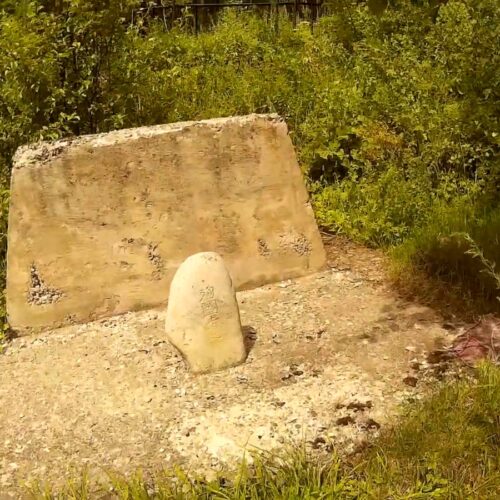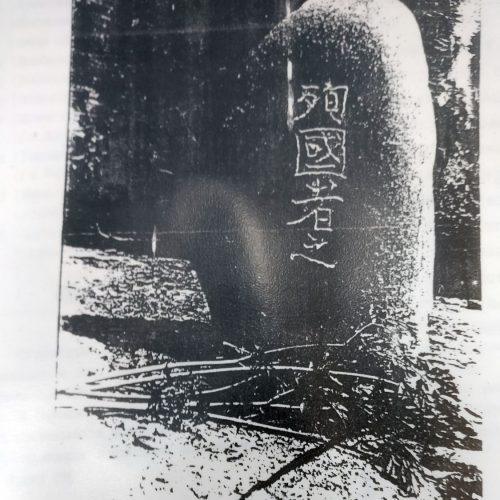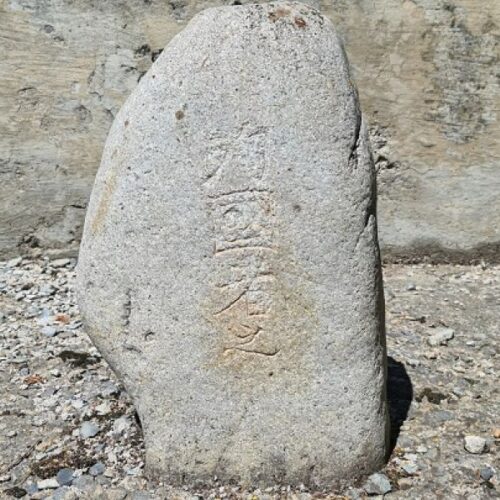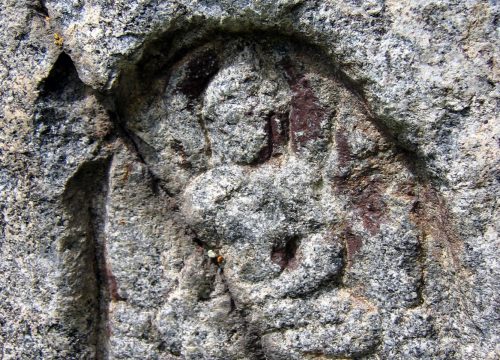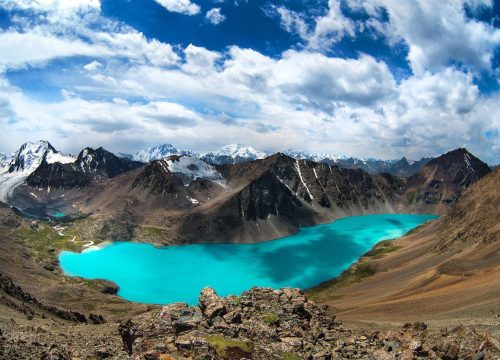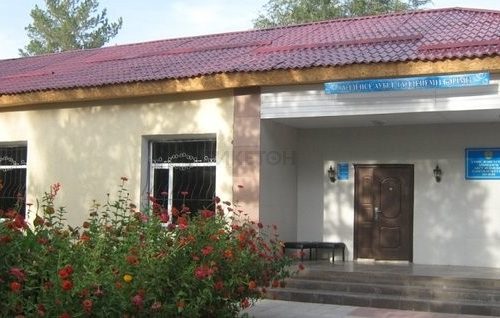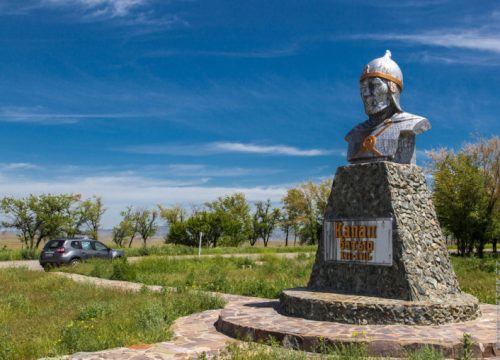Monument to Japanese POWs
According to available archival information, Japanese POWs were interned in the mining town of Tekeli in mid-1945. Unofficial sources say that about 1500 prisoners of war were deported to Kazakhstan. No one knows how many of them died in Tekeli. The Japanese government was told about the graves of citizens of the Land of the Rising Sun in this small town by those who had once served exile here.
In 2009, Konuma Toshio, an employee of Japan’s Ministry of Health, Labor and Welfare, was approached by people who had served time in Tekeli and handed over the information and, in addition, drawings and diagrams of the graves.
The medical examiners determined that they were indeed Mongoloids. Therefore, they came here to exhume their compatriots. The graves of the Japanese are located in the foothills of the Zhongar-Alatau. There are no monuments or fences here. Only a stone with Japanese hieroglyphics, set by some of the prisoners of war. Local residents helped to exhume the remains of interned Japanese. Before the exhumation they held a ritual. They made traditional treats – boiled rice and tea. By the way, the found remains were kept in special sacks in a building built by the prisoners of war themselves. The graves of 12 people were found. Subsequently, all remains except for finger bones – they will be sent for genomic examination in the homeland – were cremated, and the ashes were taken to Japan.
When asked why, after so many years, they decided to remove the ashes of their compatriots, one of the former prisoners of war who came with the delegation, Araki Masanori, replied: their relatives are waiting for them in Japan, they are heroes there, and here they are interned prisoners.

